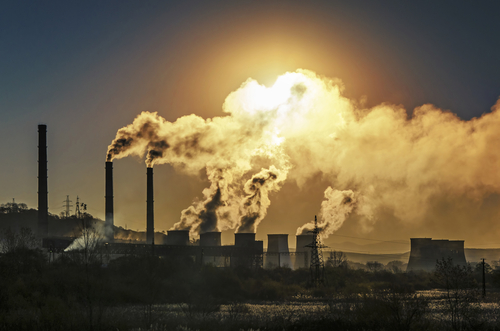We’ve written quite a bit recently about EPA’s proposal to impose stricter ozone standards on the U.S. (see here, here and here) – and the reason is there’s so much at stake.
If implemented, the stricter ozone standards could be the costliest regulation ever, potentially reducing U.S. GDP by $270 billion per year and $3.4 trillion from 2017 to 2040, according to a study by NERA Economic Consulting for the National Association of Manufacturers. The U.S. could see 2.9 million fewer jobs or job equivalents per year on average through 2040.
Yeah, that’s big.
Certainly, for those kinds of impacts Americans would expect them to be justified. But EPA’s proposal is starkly lacking in terms of the science and public health. The agency’s own data shows our air is getting cleaner under the existing standards, with ozone levels declining 18 percent between 2000 and 2013. And things likely will keep improving because the current standards haven’t been fully implemented yet by the states. As for public health, we posted earlier this week that claimed linkage between asthma and ozone is dubious because asthma diagnoses have been increasing while air quality is improving.
That’s the context for what should be a broad public conversation about EPA’s ozone initiative: Our air is getting cleaner under existing standards, new standards aren’t justified by the science or a public health need and the country’s economy – and the lives of lots of Americans – could be harmed under stricter standards. This week, API’s Howard Feldman, senior director of scientific and regulatory affairs, briefed reporters on the ozone issue:
“It is an issue that is of great concern. … We think of the significant impact to all of industry, to all of business, not unique to oil and gas. It’s across the breadth of the economy, the potential impacts.”
Feldman said EPA’s proposal seems to dismiss current progress and appears to miss the potential impacts on states and individual Americans:
“In ozone, the challenge that EPA and the states have is that all of the easy controls have been put on sources of ozone precursors. … We’ve made a lot of progress on ozone. Ozone levels are down 18 percent since the year 2000. We know that. States are making progress. States are just starting to implement the 2008 ozone standard. … So we know that there is significant progress. That progress will continue because … EPA has emissions controls that are still coming into play. … All of that goes into our saying, logically, it doesn’t make sense to change the standards now. There’s no compelling health information – when you look at the health studies – that says you have to change the standards now.”
Feldman told reporters there is a gap between what EPA is proposing and the means for states and localities to meet stricter standards:
“States have to come up with those controls. When EPA does its regulatory impact analysis, they can’t identify all the controls that are necessary to meet the standards. They can’t even think of what they are. All of the easy controls have been put in place, and now EPA says more controls will be necessary. We don’t know where they’re going to come from … You need significant, significant emissions reductions to meet these (proposed) standards. As a society, we’re not there.”
EPA’s proposed standards would be at or below naturally occurring levels, he said. Yellowstone National Park’s peak ozone levels are approximately 67 parts per billion (ppb). EPA is considering a national level as low as 60 ppb. Feldman:
“You’re talking about setting the standard at peak background concentrations – which to us, as a policy decision, does not make sense. … If you want to say you have a goal … that’s one thing. But when you actually have a standard, with deadlines, with requirements that states have to impose controls, that businesses have to get offsets if they want to increase their emissions if they’re going to put an area in non-attainment – that becomes a huge burden on business. You could end up in a situation … where you start to get more and more invasive in order to try and meet these standards.”
Feldman said there’s no health justification for stricter standards:
“Let’s be very clear: We care about public health. … But we’ve seen over the last couple of decades asthma levels go up significantly in the U.S. at the same time that ambient levels of ozone and other pollutants are going down. The correlation (between ozone and the rise of asthma) isn’t there.”
By Mark Green
Originally posted May 28. 2015
Energy Tomorrow is brought to you by the American Petroleum Institute (API), which is the only national trade association that represents all aspects of America’s oil and natural gas industry. Our more than 500 corporate members, from the largest major oil company to the smallest of independents, come from all segments of the industry. They are producers, refiners, suppliers, pipeline operators and marine transporters, as well as service and supply companies that support all segments of the industry.
Power plant photo courtesy of Shutterstock

